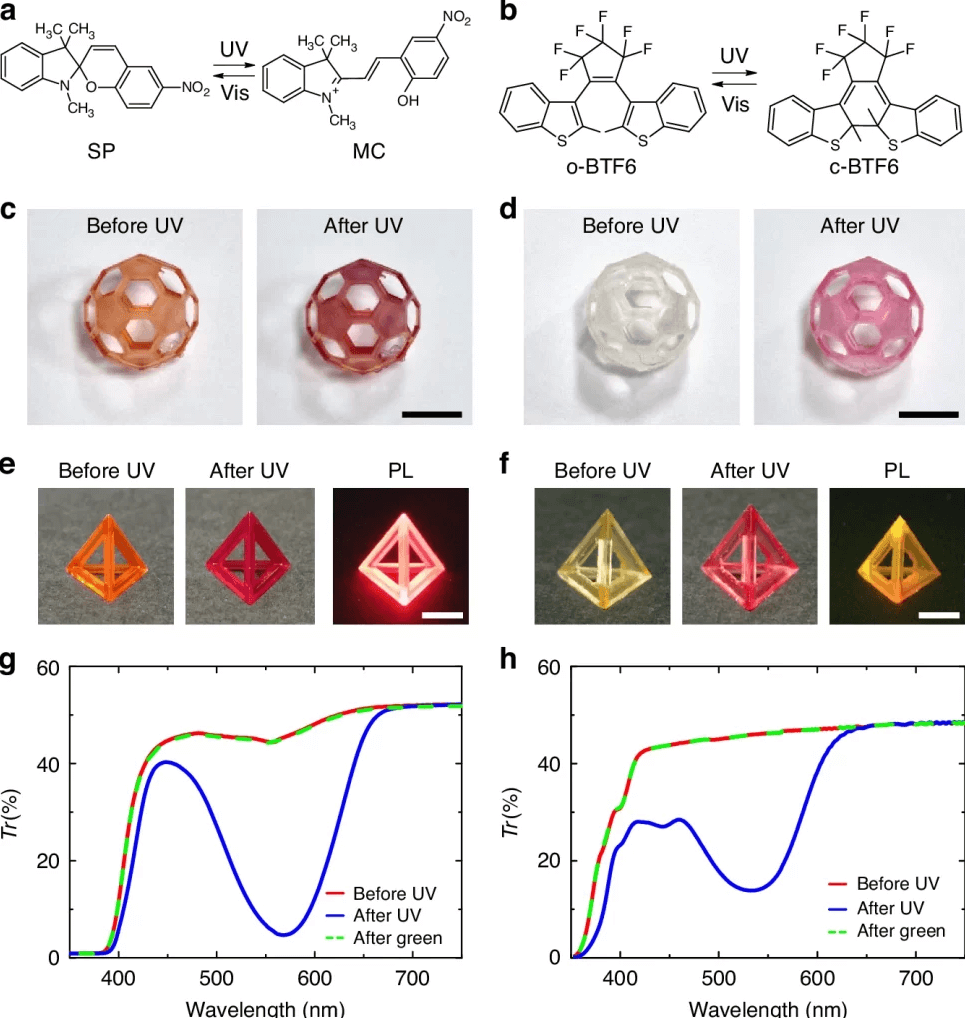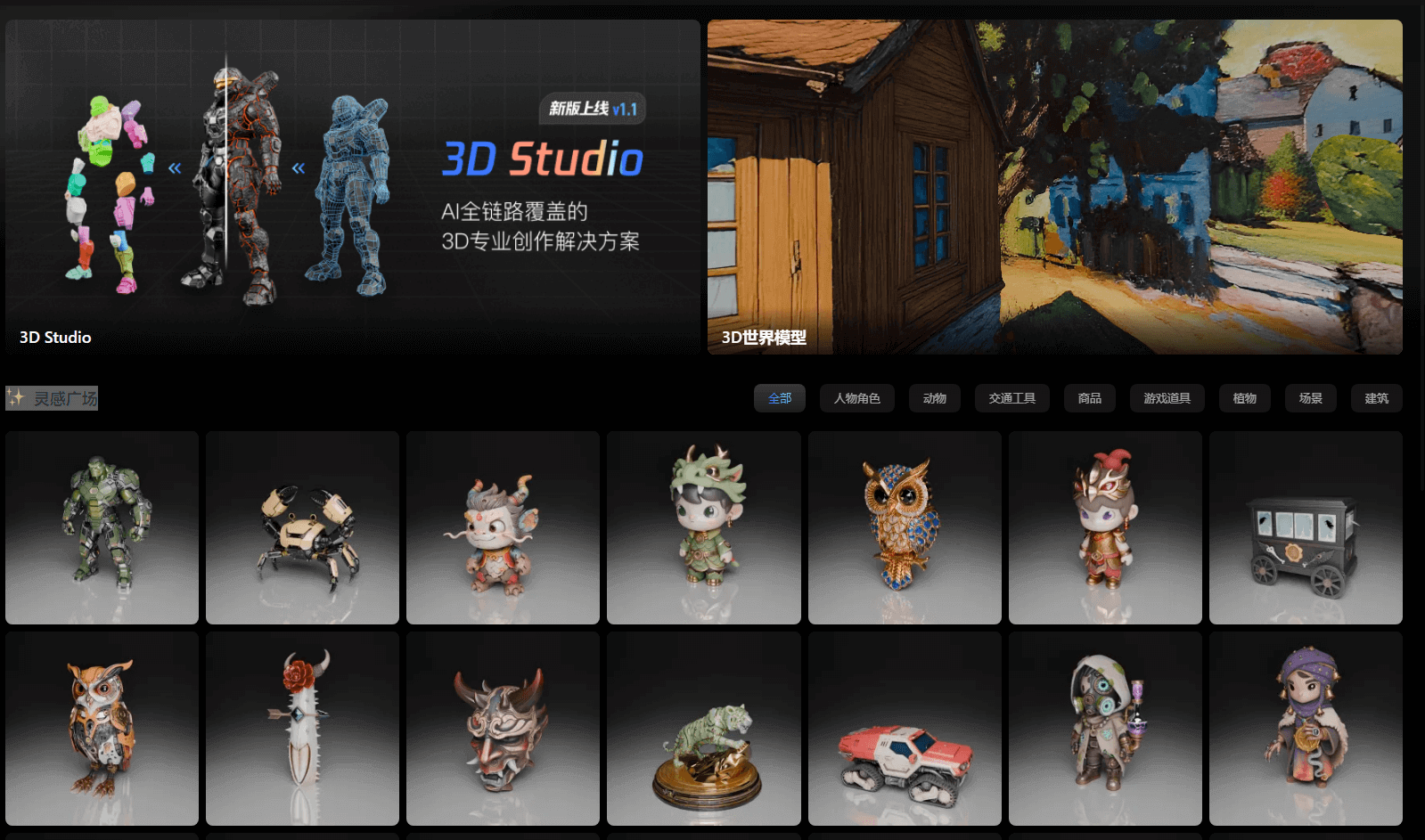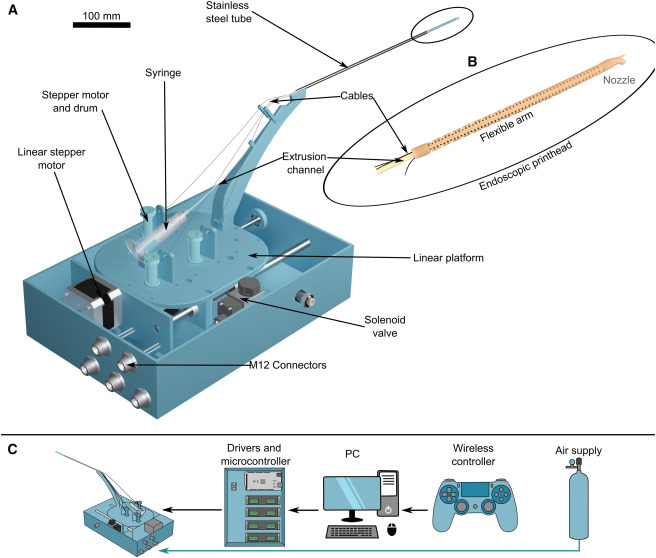
Date:2025-05-26 10:45:33
There was a time when artificial intelligence (AI) was viewed by the education sector as a scourge—a "cheating tool" that allowed students to avoid deep thinking. However, times have changed. With the rapid advancement of AI technology and its deepening integration into educational practice, more and more educators are re-evaluating AI's value. As one veteran educator put it: "A year ago, I saw AI as a shortcut to bypass deep thinking. Now, I use it to teach thinking itself." This statement poignantly captures the paradigm shift in how the education sector perceives AI today: from wariness to embrace, from restriction to guidance, AI is gradually becoming a new tool for cultivating students' capacity for deep thought and critical analysis.
Initially, many educators, like this one, saw AI as a threat to rigorous analysis. Banning AI in classrooms became a dominant refrain. Yet, as it turned out, such blanket prohibitions often proved ineffective—or even counterproductive. This semester, the educator adopted a radically different approach: introducing AI into the classroom not as a crutch for learning but as a "subject of study." The results were surprising.
"This spring, for the first time, my students weren’t just using AI—they were reflecting on it," the educator noted. AI was no longer merely a tool; it became more like a mirror, revealing biases in students' thinking, exposing gaps in their knowledge, and reshaping their interpretive instincts. This deliberate, critical engagement with AI, much like a river shaping its bed through persistent flow rather than force, gradually transformed students' ability to analyze, grasp nuance, and navigate complexity.
Today, higher education’s focus on AI often centers on control rather than understanding. Policies surrounding AI in academia tend to emphasize detection and enforcement, framing the technology as a problem to be contained. Yet this approach is fundamentally misplaced. The critical question in 2025 is not whether to use AI, but how to use it in ways that deepen—rather than dilute—learning.
Used critically, AI can sharpen students’ analytical skills rather than reducing them to passive consumers of information. It no longer just provides answers—it provokes new questions. It exposes bias, forces students to re-examine their assumptions, and ultimately strengthens their capacity for deep thinking.
To explore AI’s role in deep learning more concretely, the educator had students use AI in a seminar this semester on Holocaust survivor testimonies. At first glance, deploying AI to analyze these profoundly human narratives might seem paradoxical, even irreverent. Survivor testimonies are often fragmented—shaped by silence, contradiction, and emotional truths that defy neat categorization. How could an AI, trained on probabilities and patterns, process stories shaped by trauma, loss, and the fragility of memory?
Yet this was precisely why the educator made AI a core component of the course—not as a shortcut to understanding, but as a challenge to it. Each week, students used AI to transcribe, summarize, and identify patterns in the testimonies. But they did not treat AI’s outputs as authoritative; instead, they interrogated them. They observed how AI struggled with inconsistencies, mistook hesitation for omission, and resisted the inherent fragmentation of survivor accounts. In witnessing this "resistance," something unexpected happened: students developed a deeper awareness of what it truly means to listen, interpret, and bear witness.
Behind AI’s seemingly flawless outputs lie deeper issues: it is not neutral. Its responses are shaped by biases embedded in its training data and by its relentless pursuit of coherence—even at the expense of accuracy. Algorithms iron out inconsistencies in testimonies not because they’re unimportant, but because they prioritize fluency over contradiction, clarity over ambiguity. Yet testimonies thrive in ambiguity; memory flourishes in contradiction. Left unchecked, AI’s tendency to "smooth over" risks erasing what makes survivor narratives so powerful: their rawness, their hesitations, their refusal to conform to tidy, digestible versions of history.
For educators, the question is not just how to use AI, but how to resist its seductions. How do we ensure students scrutinize AI rather than take its outputs at face value? How do we teach them to treat AI as a lens rather than a crutch? The answer lies in making AI itself an object of inquiry—pushing students to examine where it fails, to challenge its confident misreadings. AI does not replace critical thinking; it demands it.
If AI distorts, misinterprets, and oversteps, why use it at all? The simplest answer would be to reject it—to keep it out of classrooms, treating it as a contaminant rather than a tool. But that would be a mistake. AI is here to stay, and higher education faces a choice: either leave students to navigate its limitations alone, or make those limitations part of their education.
This educator argues that AI’s flaws are not a reason to exclude it, but an opportunity. In his classroom, AI-generated responses are not definitive answers but subjects of critique—imperfect, provisional, and open to challenge. By engaging critically with AI, students learn not just from it, but about it. They see its struggles with ambiguity, how its summaries can be reductive, how its confidence often outstrips its accuracy. In doing so, they hone skills that AI cannot replicate: skepticism, interpretive ability, and the capacity to challenge established knowledge.
This approach aligns with Marc Watkins’ argument that "learning requires friction." AI can serve as a force of "productive friction" in the classroom. Education is not about seamless efficiency; it is about struggle, revision, and resistance.
Teaching history—especially the history of genocide and mass violence—often feels like standing on a threshold: one foot in the past, the other stepping into an uncertain future. In this space, AI does not replace the act of interpretation; it forces us to think about how we carry memory forward.
Used thoughtfully, AI does not erode intellectual curiosity—it deepens it. When wielded well, it sharpens, rather than replaces, the core skills that make us human.





